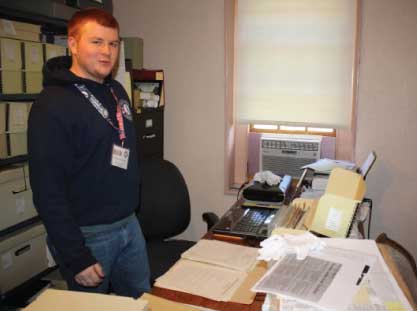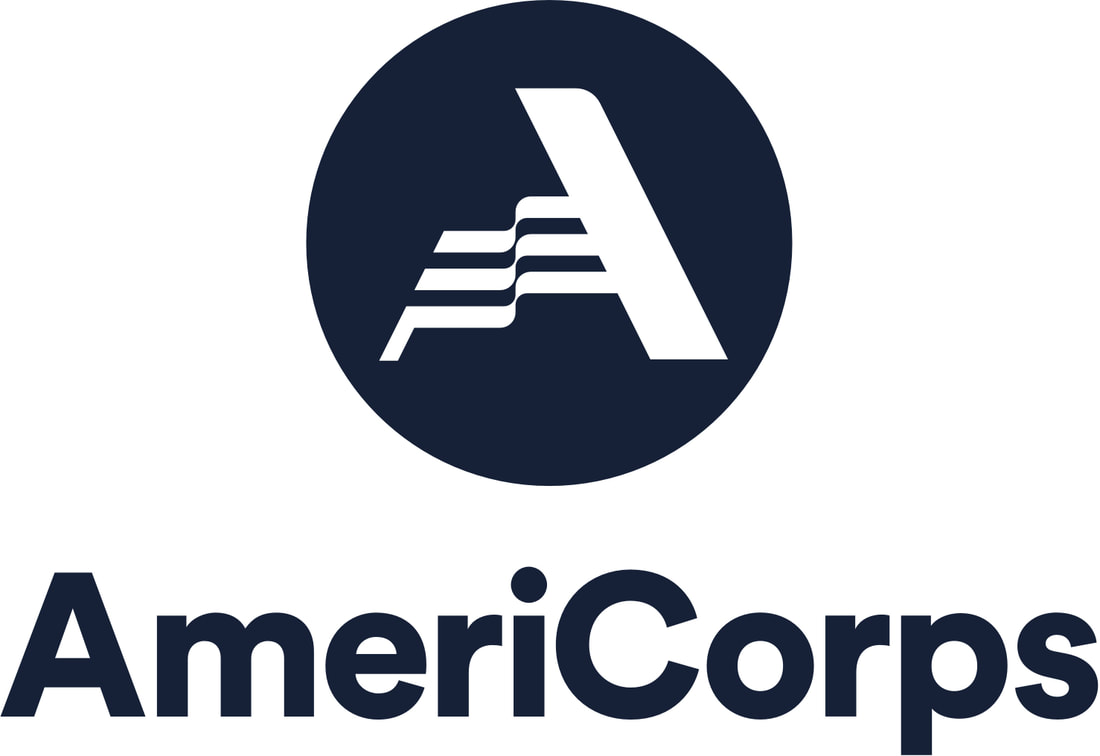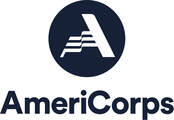|
By Michael Langmyer, Preserve WV AmeriCorps The term archive is associated with large square rooms and extensive wall length and height, a room with halls and corridors that seems endless in capacity. These are places like the National Archive in Washington D.C., the Smithsonian Institute, or the British Museum of Natural History. These three are major examples of what a large archive might be, but most towns, cities, businesses, and non-profits have an archive to manage. These institutions do not have the unlimited space that the larger museums and conservation centers have, and must take actions based on those limits in available space. Those actions are made every day by the people who work in small archives so that objects of value can be held in those institutions. There are four in total that can help maximize the storage capacity of an archive. The purpose of these four points is to make every inch of space count with the storage of items. I will base all examples from my work in the Historic Shepherdstown Commission’s archive. The first action to take in conserving space is the organization of the collections and the physical archive. The layout of the archive can be done any way imaginable. A typical archive has shelves, either metal or wood, filing cabinets, pull out drawers, and archival boxes scattered throughout. With these materials in hand, two or three of the four walls covered with metal or wooden shelves. Whatever space is left will be dedicated to any filing cabinets or other forms of storage. There should be a small spaced saved for supply shelf in your archive as well. This does not need to be large, but can hold everything that you would need to run an archive. The archive at the Historic Shepherdstown Commission has seven metal shelves on three different walls with three filing cabinets sandwiched into three small spaces around those shelves. One of those shelves, as I mentioned above, is dedicated to storage of office materials. The other six shelves are to hold historical objects. The objects need to be in order from the first box to the last box. Here at the HSC, we have archival boxes, but many different size archival boxes. These boxes should be carefully designated with the next collection’s box in mind. Clustering a group of boxes together will save valuable space and time when placing the objects on the shelves. With that in mind, shelve one is all top open boxes 2 ½” or 5” in width. This lets me have over 30 boxes on 4 shelves for the first metal case. This also opens up space on other shelves for larger or awkward shaped boxes. These boxes can also be placed on top and on the bottom of the case, freeing up more space on the mid-level shelves. These need to be in numerical order in the archive that is an important part to the organization of the boxes and artifacts. The next step is the placement of boxes and artifacts within the archive. Discussed above were boxes of the same dimensions. Placement of these boxes consists of placing them together in a tight fashion. The other boxes that are in an archive are not form fitting to a shelf. They can go up on top and below the case, but there are more that need housed. It should look like a live game of Tetris for the placement of these larger or awkward boxes. The only difference between the game and the archive is that you know all blocks that will come at you and you can place them appropriately for the organization and space saving of the archive. This includes all space areas in an archive. If it is not in a box on a shelf or in a filing cabinet, it’s a loss object. These objects can be loss for many reasons, usually because it does not fit into the box. When this is the case, make sure that there is a corner for storage of objects that are long or tall, and to keep areas of the shelf clear for small objects. Smaller archives are sometimes local archives. These local archives are the home of family records, town records, business objects, and the peoples “old stuff.” With acquiring all of this stuff, the person or people running the archive need to be selective about what they accept and what they should discard as unimportant to the organization. The HSC is no different in this matter. The HSC had for a long time newspapers from a West Virginia newspaper press, The West Virginia Hill Billy. This paper is located in the southern part of the state closer to Charleston than Charles Town. For this reason, it was deaccessioned and recycled. Another thing that must be watched for is duplicates of objects. One specific object is all that is needed, and a duplicate of that object can be donated or recycled. A grouping of materials was donated to the HSC last fall of 2015. It was all newspaper clippings and books, things that we have scattered through other collections. For this reason it is not something that we need as a collection, so it was deaccessioned and recycled. Being selective of artifacts and objects will save space for objects of value to the archive and the institution. The work space in the archive is the last step to maximizing the space in an archive, keeping in mind that you must be able access to all files and cases. The table or desk in the archive should be, preferably, in the middle of the room. A table that does not come up close to a wall gives extra wall space. This also gives you more open space in the archive. The table needs to large enough to hold a computer, scanner, and other electronics that are needed in an archive. Everything else can go on the office supply case that was set aside from the beginning. Materials that go on this shelf is file folders, envelops, empty archival boxes, and whatever else that can be fit on the shelves. This saves you table space to better work in the archive. With more open space and more work space, the more work that can be done, and the more organized that work will become.
Comments are closed.
|
Preserve WV StoriesCategories
All
Archives
August 2023
|
Get Involved |
Programs |
Contact UsPreservation Alliance of West Virginia
421 Davis Avenue, #4 | Elkins, WV 26241 Email: [email protected] Phone: 304-345-6005 |
Organizational Partners:
© COPYRIGHT 2022 - PRESERVATION ALLIANCE OF WEST VIRGINIA. ALL RIGHTS RESERVED.



 RSS Feed
RSS Feed



